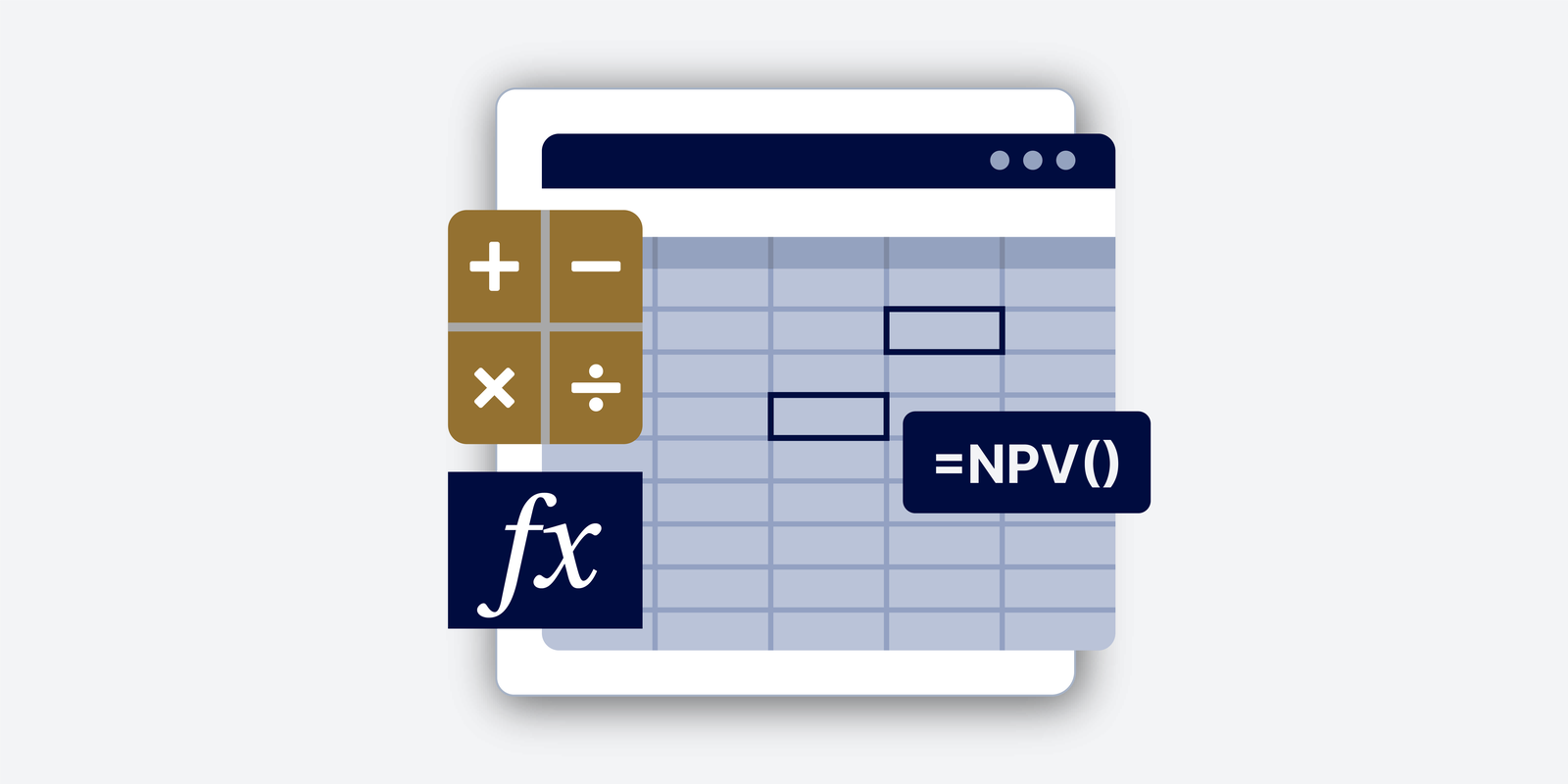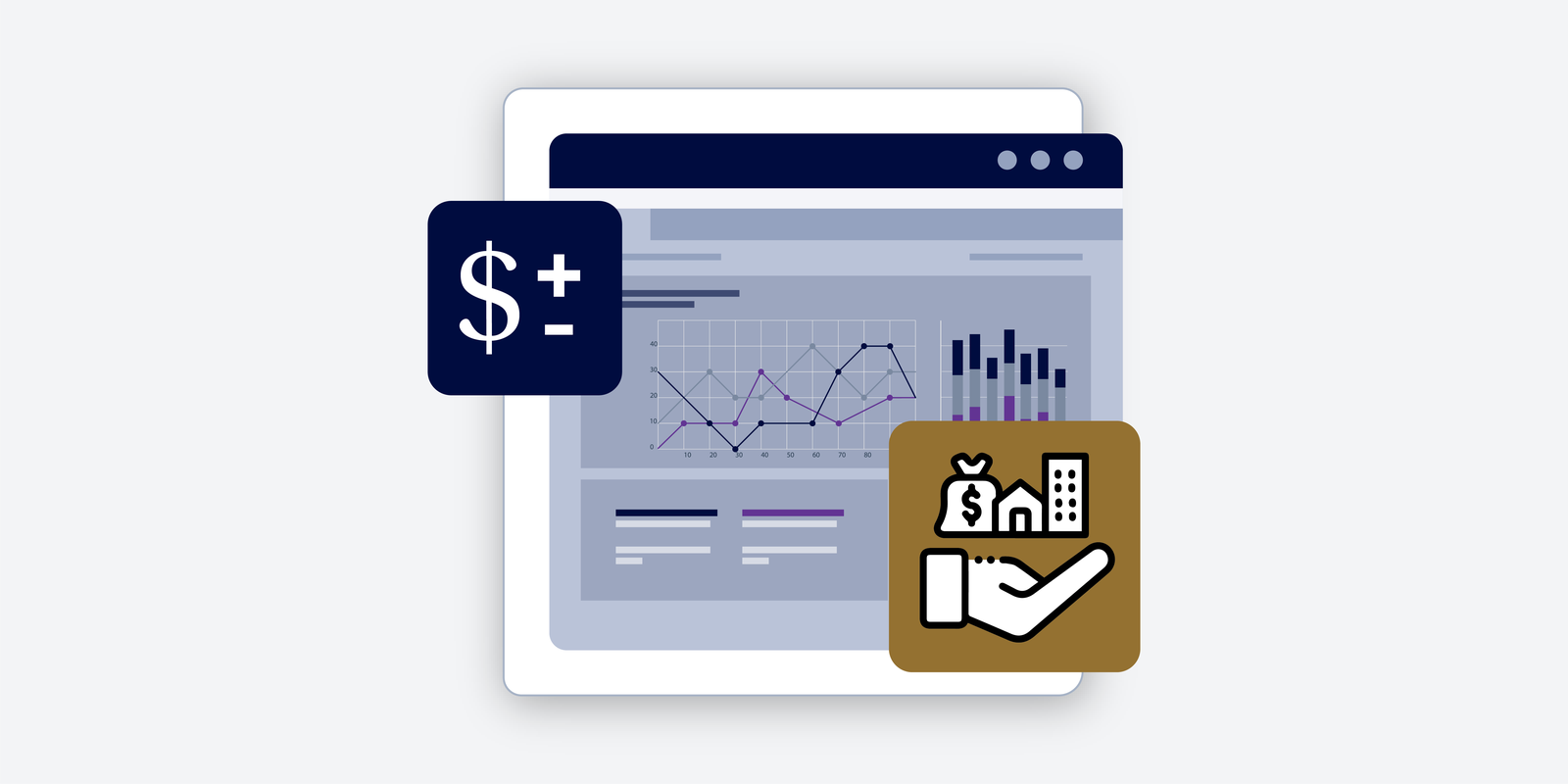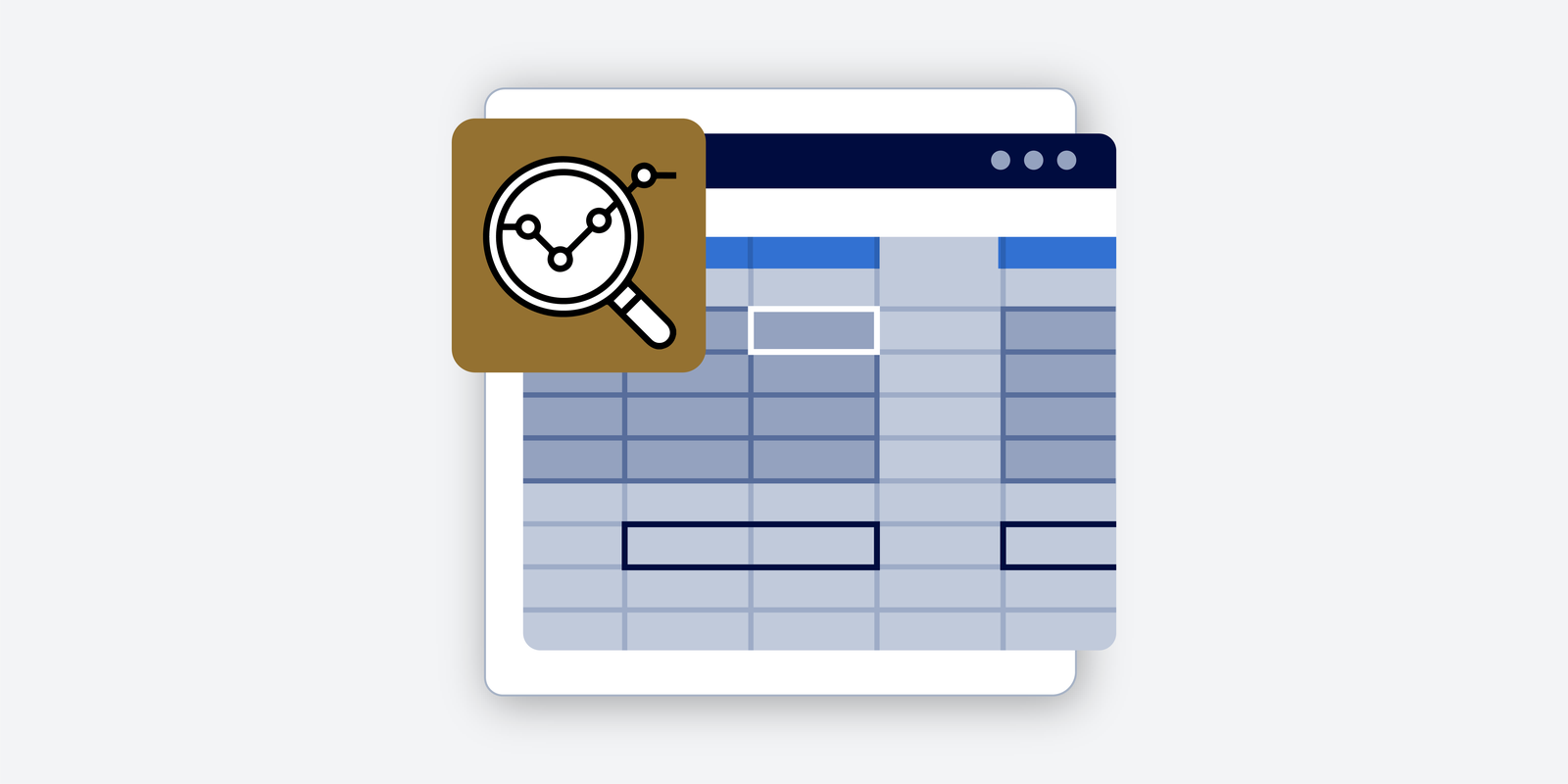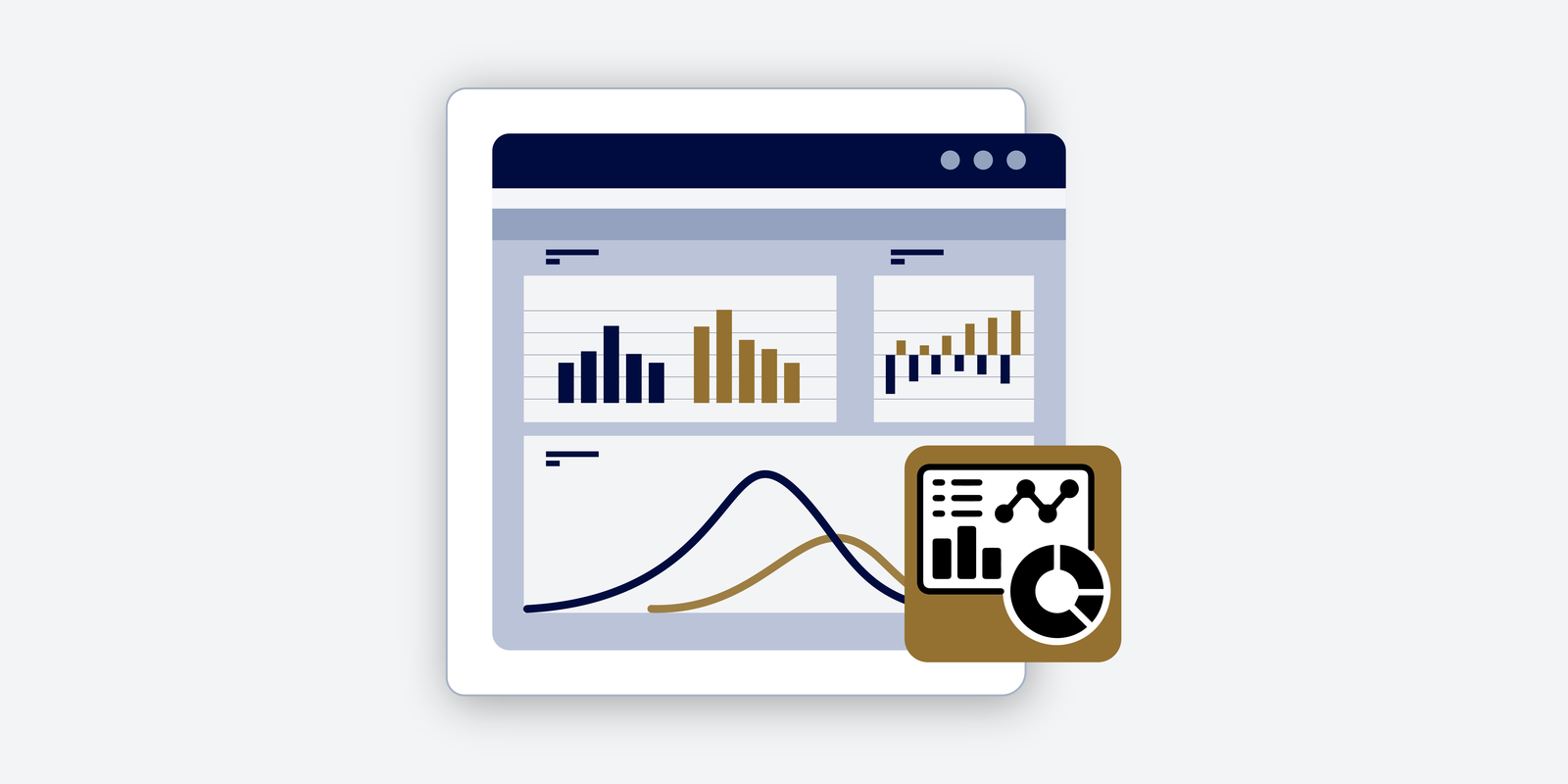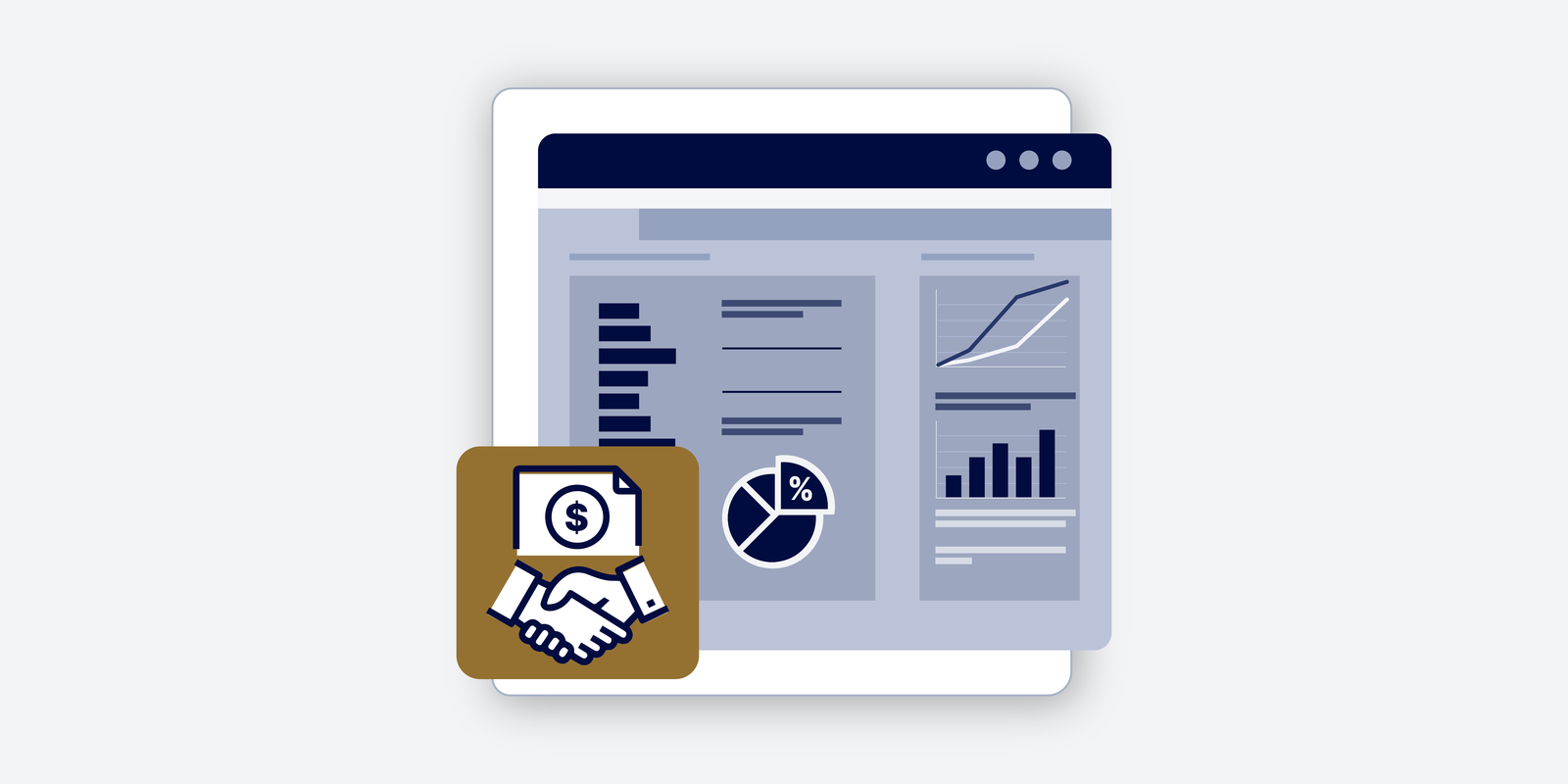Carbon Accounting
Summary Carbon accounting, often synonymous with greenhouse gas (GHG) accounting, is a vital technique utilized by analysts and management teams to quantify an organization’s carbon emissions. Distinguishing between direct and indirect emissions, it involves assessing various activities such as energy consumption, transportation, and manufacturing processes. With regulatory bodies mandating emissions disclosure, accurate carbon accounting is…
